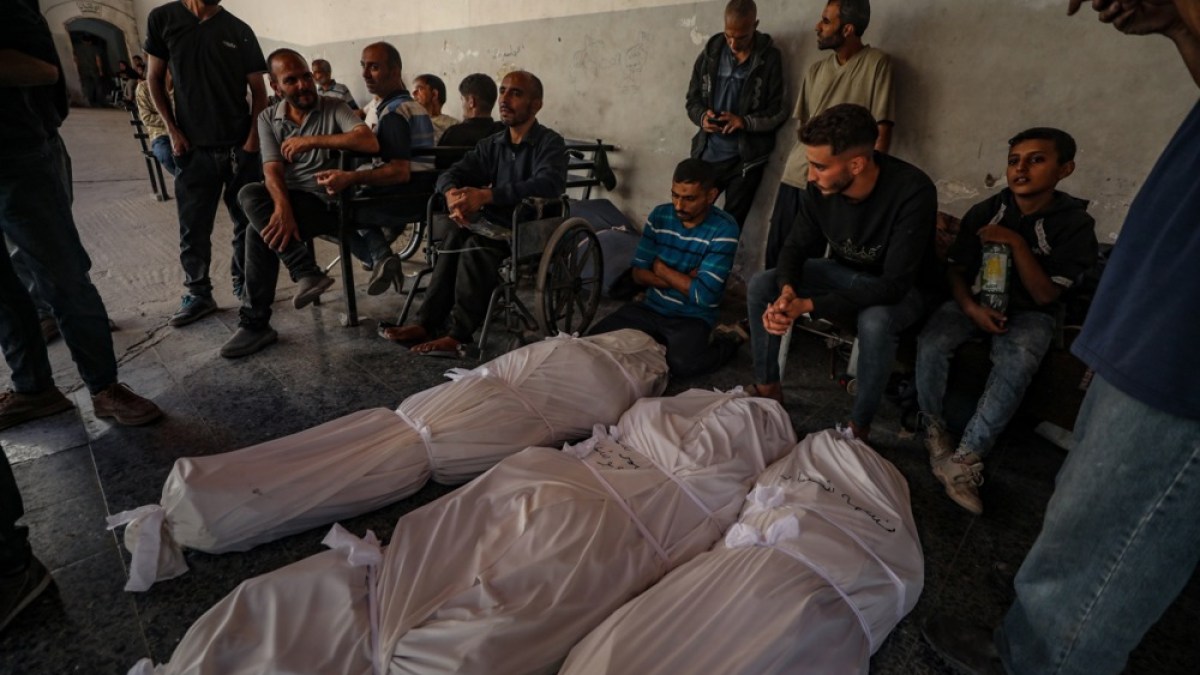U.S. confirms first mpox case of severe clade I strain with no travel history, raising concerns of local transmission. Here’s all the update about symptoms, risks, and vaccine updates.

The selection of the more serious clade I strain of mpox, formerly known as monkeypox in an individual who had no international travel history within the past has become the first domestic case of the disease, which has raised serious concerns. This is a major change of the way the virus can be spreading and is an indicator that there can be community transmission in the United States.
What Is Mpox?
Mpox is a viral disease, which is the result of the monkeypox virus, one of the closely related relatives of the smallpox virus. The disease was first identified in human beings in 1970, and it was actually a disease of Central and West Africa. Nevertheless, in recent years, the world has faced multiple outbreaks, especially the one of 2022 to 2023, which put mpox on the agenda of the general public about their health.
The infection is usually caused by direct contact with infectious sores, scabs or body fluid and by respiratory droplets during lengthy face to face contact. The virus may also be transmitted through contaminated materials such as clothing or bedding. Incubation takes 5 to 21 days, and the symptoms comprise fever, chills, swollen lymph nodes, muscle aches, fatigue, and a unique rash that is likely to become fluid filled blisters.
Why Is This U.S. Case Different?
The most interesting thing about the recently confirmed case in California is that the patient had no established travel history or connection with the other confirmed cases. This implies, according to Long Beach and Los Angeles County officials, local transmission of the strain of the virus in clade I, which is purportedly more hazardous than the strain of clade II that predominated in previous outbreaks in the U.S.
The Congo Basin strain, which is also referred to as Clade I, has traditionally had a higher mortality rate with estimates standing between 1% to 10% according to the data provided in endemic areas in Africa. It is known to bring about more serious illness and in certain instances, complications like inflammation of the brain.
It is the first instance of an outbreak of this particular strain in the United States unrelated to travel or contact with an infected individual overseas which is a disturbing fact that the virus is potentially being spread without anyone noticing it inside communities.
Is Mpox Dangerous?
Most individuals get well within two to four weeks of contracting mpox, but the strain of the illness has more grave impacts, particularly to the susceptible groups. Immunocompromised patients, pregnant women, children, and patients with underlying health conditions could develop more serious consequences.
Centers for Disease Control and Prevention CDC asserts that, the general risk to the general population is low, although the situation is changing. Health officials are doing an intensive contact tracing to establish the scope of the transmission as well as to isolate any other cases.
Is There A Vaccine for Mpox?
There are successful vaccines and that includes the more severe strain of mpox, clade I.
United States JYNNEOS ,which is also called MVA-BN is the most common vaccine in the United States, two-dose against mpox and smallpox. It is now suggested as an intervention in people who are at increased risk, such as:
- Individuals that have known exposure to mpox.
- Healthcare workers
- Male sex workers and high-risk behaviours.
- Individuals that have had more than one sexual partner or have been in known contact with infected people.
There is one other approved vaccine called ACAM2000, which is less frequently used and has more side effects.
Vaccination is best during protection before the exposure or up to four days on exposure. This is not a full time immunity, but the degree of sickness and the possibility of infection are much less.
What Happens Next?
The health care administrations are calling on the population to be cautious but not to panic. The testing of a locally acquired case of clade I mpox in the U.S. creates apprehensions of broken linkages in the tracking and the possibility of broader infections. Health officials are urging citizens and in particular the high risk groups to vaccinate, report symptoms promptly and adhere to the guidance of the public health.
The CDC is watching the situation and has been collaborating with the local health departments in order to contain any outbreaks. In the meantime, scientists are keeping a close eye on the indications of the sustained transmission and the potential evolution of the virus.
Subscribe to Our Newsletter Today!








Leave a Reply